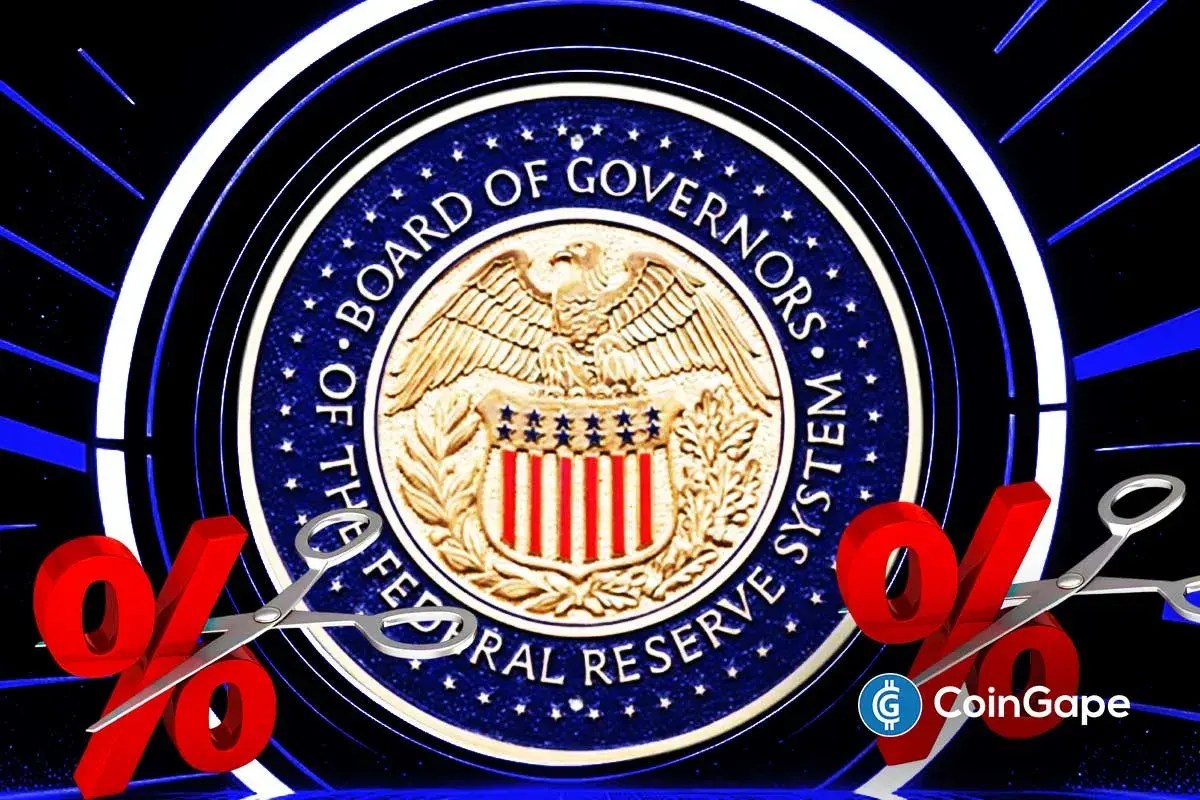Model Shows How XRP Could Hit $24 After ETFs Go Live
A new pricing model from Diana, a crypto analyst on X, projects that XRP could climb into the $7–$24 range within 60 days of the ETF launch, driven strictly by inflow pressure and the asset’s constrained liquid supply. The model reportedly relies on supply-absorption math, revealing how ETF-driven demand could shift XRP’s market pricing once XRP ETFs go live.
New XRP ETF Inflow Model Maps A Direct Route To $24
Diana’s newly released “XRP ETF Launch Impact Model” outlines a clear, data-driven view on how ETF inflows alone could reprice XRP. Her framework tests multiple launch scenarios involving five to twenty ETFs, each seeded with $10 million to $45 million. Depending on the scale, total inflows range from $50 million to $900 million, absorbing between 0.08% and 1.50% of XRP’s estimated 60-billion-unit liquid supply.

According to Diana’s projections, this level of liquidity absorption pushes XRP into a thirty-day range of $3.00 to $15.00, with the sixty-day window stretching from $3.80 up to $24.00. The top end of the model—where XRP approaches $24—emerges when twenty ETFs launch with maximum seed capital and nearly a billion dollars in early inflows. Diana argues that as issuers acquire XRP to build underlying exposure, the available float tightens, and the resulting supply squeeze forces a natural repricing cycle.
However, XRP’s real-time price action tells a different story. Despite the successful debut of the Canary XRP ETF, XRP has failed to respond positively. The latest market data shows the asset trading near $2.14, posting a 13.5% decline over the week. Even so, Diana maintains that early price weakness is typical during ETF rollout phases and believes the projected inflow dynamics still position XRP for a sharp upward revaluation once institutional allocations begin to materialize.
The Market Structure Delaying XRP’s Next Major Rally
In a separate post, Diana outlined the market pattern she believes has been driving XRP’s recent price behavior. According to her, traders typically buy ahead of an ETF launch to front-run expected demand, creating a pre-launch rally driven by speculation rather than institutional activity. Once the ETF goes live, those early buyers take profit, producing the sharp launch-day dip that often surprises retail investors.
Diana noted that institutional inflows never arrive on day one. Wealth managers move through compliance checks, committee approvals, and allocation cycles, meaning real capital enters the market weeks later. She pointed to Bitcoin’s January 2024 ETF rollout as the clearest example, where the asset fell at launch but later surged to new highs as regulated inflows matured.
She argues that XRP is showing the same early-stage pattern now: a weak market following the Canary ETF launch, profit-taking, and a temporary cooling phase. When these delayed inflows eventually begin to accumulate, Diana maintains that they will reinforce an upward pricing dynamic for XRP’s next major climb.
You May Also Like

Trump and WLFI Debate Escalates! US Democrats Make New Move to Anger Trump!

What Are the Biggest Bear Scenarios for the Bitcoin (BTC) Price? Experts Listed Them
